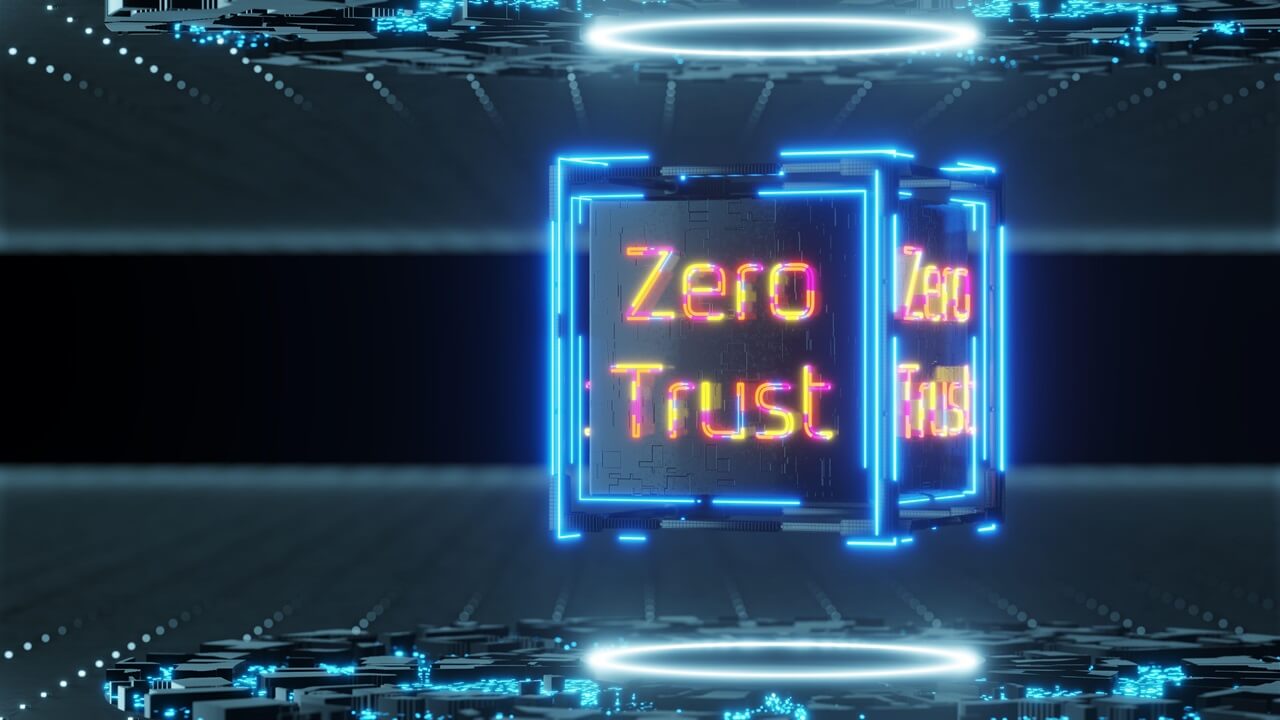
WWW.INFORMATIONWEEK.COM
What Security Leaders Get Wrong About Zero-Trust Architecture
John Edwards, Technology Journalist & AuthorJanuary 15, 20255 Min ReadAlexander Yakimov via Alamy Stock PhotoZero-trust architecture has emerged as the leading security method for organizations of all types and sizes. Zero-trust shifts cyber defenses away from static, network-based perimeters to focus directly on protecting users, assets, and resources.Network segmentation and strong authentication methods give zero-trust adopters strong Layer 7 threat prevention. That's why a growing number of enterprises of all types and sizes are embracing the approach. Unfortunately, many security leaders continue to deploy zero-trust incorrectly, weakening its power and opening the door to all types of bad actors.To prevent the mistakes that many organizations make when planning a transition to zero-trust security, here's a look at six common misconceptions you need to avoid.Mistake One: A single security vendor can supply everythingOne vendor can't provide everything your organization needs to implement a zero-trust architecture strategy, warns Tim Morrow, situational awareness technical manager in the CERT division of Carnegie Mellon University's Software Engineering Institute."Its dangerous to accept zero-trust architecture vendors' marketing material and product information without considering whether it will meet your organizations security priority needs and its capability to implement and maintain the architecture," Morrow says in an email interview.Related:Mistake Two: Zero-trust is too costly to implementAside from the costs saved by reducing the risk of a breach, zero-trust can help save long term expenses by improving asset utilization, operational effectiveness, and reduced compliance costs, says Dimple Ahluwalia, vice president and managing partner, security consulting and systems integration at IBM via email.Mistake Three: Underestimating the technical challengesIT and security leaders often overlook the need to implement and manage foundational security practices before establishing a zero-trust architecture, says Craig Zeigler, an incident response senior manager at accounting and business advisory firm Crowe, in an online interview. They may also fail to identify potential gaps, such as vendor-related issues, and ensure that the chosen solution is not only compatible with their specific needs but also equipped with the appropriate controls to provide equal or greater security. "In essence, without security leaders having a thorough understanding of their team and endpoints, implementing zero trust becomes a daunting task."Mistake Four: Failing to align zero-trust architecture strategy with overall enterprise assets and needsRelated:Cyberattacks are growing in number and severity. "A continuous vigil concerning the organization's security operations ... must be maintained," Morrow says. The zero-trust architecture must fully mesh with business operations and goals.Understand your organization's current assets -- data, applications, infrastructure, and workflows -- and set up a procedure to update this information periodically, Morrow advises. "Yearly updates of your organizations assets will definitely no longer be enough."Organizations also need to remember that their business and reputation are on the line each and every day, Morrow says. "Not doing your best to reduce your organizations risks to cyber threats can be very costly."Mistake Five: Viewing zero-trust as a solution rather than an ongoing strategyIt's essential for security leaders to understand that zero-trust is not a static goal, but a dynamic, evolving strategy, says Ricky Simpson, solutions director at Quorum Cyber, a Microsoft cybersecurity partner. "Building a culture that prioritizes security at every level, from executive leadership to individual employees, is critical to the success of zero-trust initiatives," he notes via email.Related:Simpson feels that continuous education, regular assessments, and a willingness to adapt to new threats and technologies are key components within a sustainable zero-trust framework. "By fostering collaboration and maintaining a vigilant stance, security leaders can better protect their organizations in an increasingly complex and hostile digital environment."Mistake Six: Believing that implementing zero-trust is simply a one-and-done projectZero-trust is actually a holistic and strategic approach to security that requires ongoing evaluations of trust and threats. "It's not a quick fix but a long-term shift in strategy," says Shane O'Donnell, vice president of Centric Consultings cybersecurity practice.Underestimating zero-trust implementation poses two major risks, notes O'Donnell in an email interview. First, unrealistic timelines and expectations can derail project planning, exhaust budgets, and drain resources. Second, hasty or flawed execution can actually create new security vulnerabilities, defeating the very purpose of a zero-trust architecture.O'Donnell says this misconception can be addressed through continuous education and understanding. "It's vital for security leaders to realize that transitioning to a zero-trust architecture means substantial technological and organizational changes," he says. "This strategy should be treated as an ongoing commitment that lasts way beyond the initial set-up stage."About the AuthorJohn EdwardsTechnology Journalist & AuthorJohn Edwards is a veteran business technology journalist. His work has appeared in The New York Times, The Washington Post, and numerous business and technology publications, including Computerworld, CFO Magazine, IBM Data Management Magazine, RFID Journal, and Electronic Design. He has also written columns for The Economist's Business Intelligence Unit and PricewaterhouseCoopers' Communications Direct. John has authored several books on business technology topics. His work began appearing online as early as 1983. Throughout the 1980s and 90s, he wrote daily news and feature articles for both the CompuServe and Prodigy online services. His "Behind the Screens" commentaries made him the world's first known professional blogger.See more from John EdwardsNever Miss a Beat: Get a snapshot of the issues affecting the IT industry straight to your inbox.SIGN-UPYou May Also LikeWebinarsMore WebinarsReportsMore Reports
0 Comments
0 Shares



